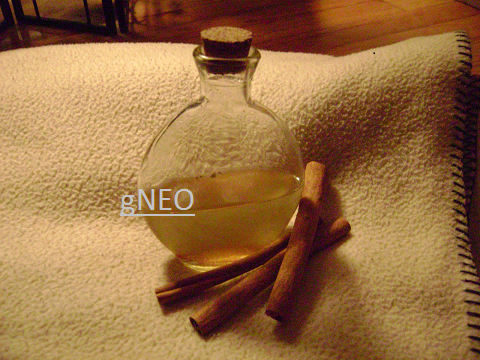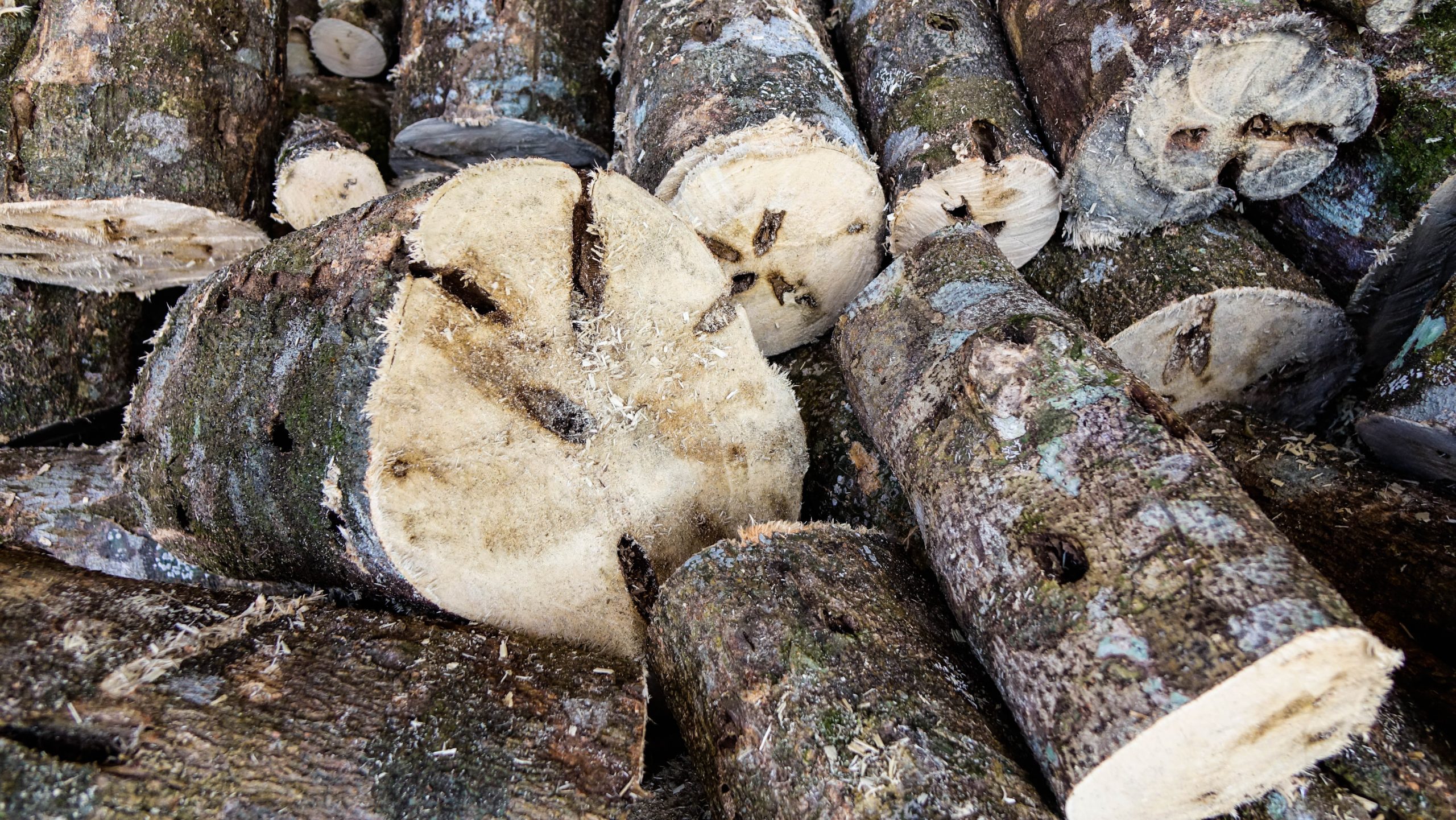Description: Bergamot essential oil is cold-pressed from the outer rind of a citrus fruit that is indigenous to the Canary Islands. Currently, most of the bergamot for essential oil production is grown in Italy, in areas around Calabria and Sicily. It is thought to be a cross of some type of orange; its pear-shaped fruits are characterized by a green, lumpy rind, and is harvested between December and February. Not to be confused with bergamot pears, or red bergamot, which is an herbaceous perennial responsible for bee balm, and Oswego tea. It takes approximately 1,000 peels to produce 30 ounces of essential oil, which results in a clear, yellow-green liquid with a spicy, subtle, sweet, slightly floral, lemony scent with a medium-strength top fragrance note. The primary chemical constituent in bergamot essential oil is linalyl acetate, geraniol, myrcene, nerol, neryl acetate, a-terpineol, and geraniol acetate, with linalool, d-limonene, and bergamotine, and bergaptene in lesser concentrations. These latter substances, classified as furocoumarines, are often found in proprietary suntan lotions, as they stimulate melanin production in the skin which in turn encourages over-pigmentation. This can be dangerous, however, as this action can increase the risk of melanoma and other skin cancers.
Bergamot essential oil is a cold-pressed essential oil produced by cells inside the rind of a bergamot orange fruit. It is a common top note in perfumes.
Botanical Name: Citrus bergamia
Plant Part: Fruit rind.
Extraction Method: Cold Pressed
Odor and Appearance: A clear liquid (sometimes there is a deposit consisting of waxes) in color from green to greenish yellow.
Country of origin: Italy
Main Constituents: linalyl acetate, geraniol, myrcene, nerol, neryl acetate, a-terpineol, and geraniol acetate, with linalool, d-limonene, and bergamotine, and bergaptene
Common Uses: It is often used in aromatherapy to uplift the mood, reduce stress, and promote relaxation. The oil is employed in skincare products for its potential benefits in treating oily and acne-prone skin, as well as to improve overall skin appearance. Bergamot essential oil is also used in natural remedies for digestive support and as a natural insect repellent. Its fresh and citrusy aroma makes it a popular choice in diffusers, massage oils, and personal care products.
Note: Top note.
Blends well with: It harmonizes beautifully with floral oils like lavender and geranium, adding a soft and soothing touch. Additionally, it complements citrus oils such as lemon and sweet orange, enhancing the uplifting and refreshing notes. Bergamot oil also blends seamlessly with woody oils like cedarwood and sandalwood, providing depth and grounding to the overall fragrance.
Contraindications: Bergamot essential oil can be highly phototoxic if not heat-treated to remove the furocoumarines. Great care should be taken to avoid unprotected sun exposure following a topical application, as it can cause severe blistering, burning and at the very least, irritation to the skin. Wait at least 24-48 hours before exposing treated areas to direct sunlight. One of its ingredients, bergaptene, becomes toxic when exposed to sunlight, so care must be taken to store bergamot essential oil in a cool, dark place that is protected from light. If you notice the color of your oil darkening, discontinue use and discard immediately. Ingesting too much bergamot, even in tea, can block potassium absorption in the body, so it is best to enjoy in small amounts. Keep out of reach of children, and do not use internally unless under the direct guidance of a qualified practitioner who is trained in aromatherapy. If you are pregnant or nursing, consult your physician before use. Keep away from the eyes and mucous membranes, and always heed recommended dilution factors until you know your tolerance.
*These statements have not been evaluated by the Food and Drug Administration. This product is not intended to diagnose, treat, cure, or prevent any disease.*
For large quantities please contact us via our phone number or through the Contact Us page.
Like us on Facebook.









Anonymous (verified owner) –
Erika (verified owner) –
Erika (verified owner) –
One of my most popular I resell in smaller quantities! Love this Bergamot!
Tanja H. (verified owner) –
Charmayne Strayhorn (verified owner) –
The Bath Nut Co. loves to add Bergamot Essential Oil in our Bath and Body products.
Linda LaBelle (verified owner) –
One of my favorites!
Charmayne Strayhorn (verified owner) –
Soon Young Yeon (verified owner) –